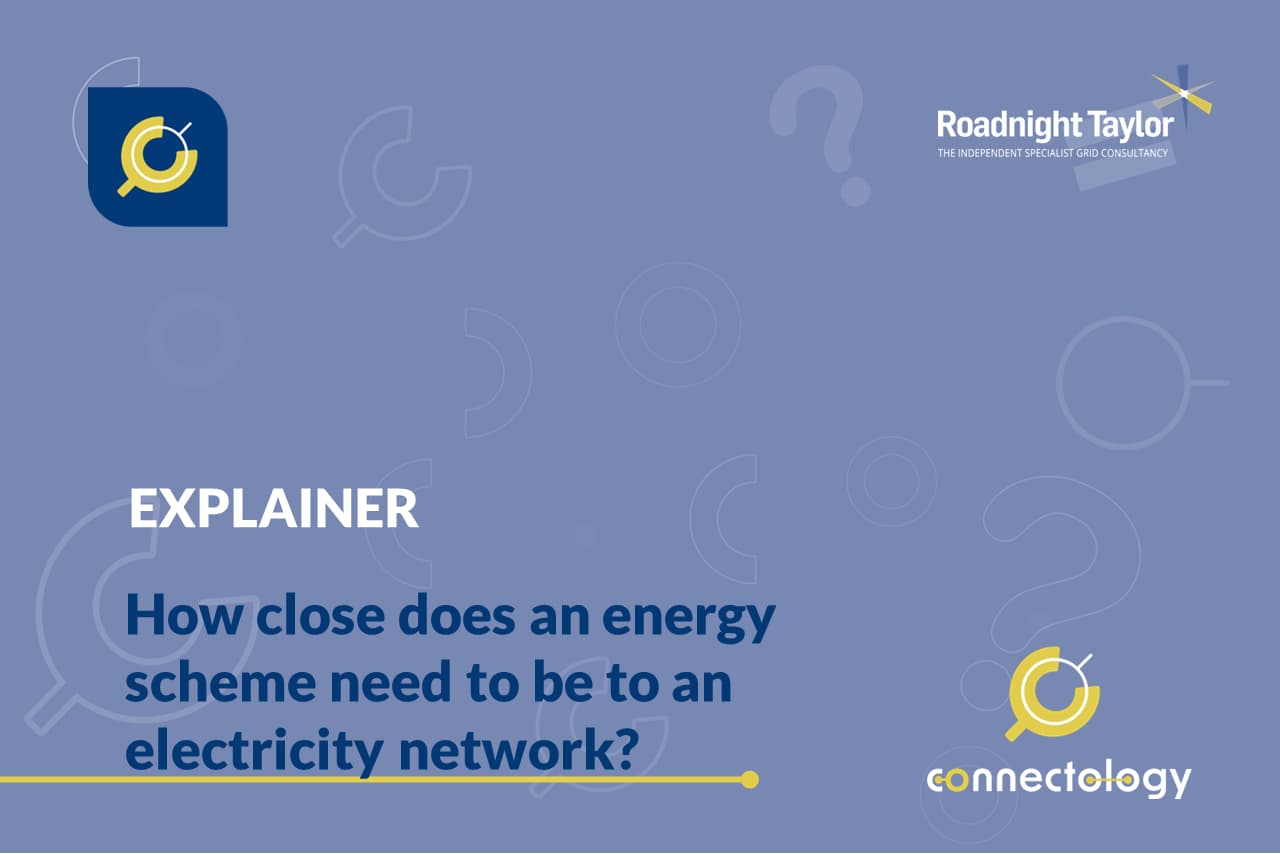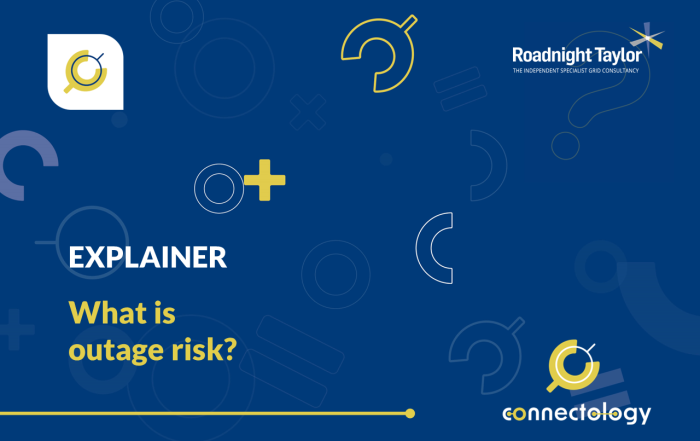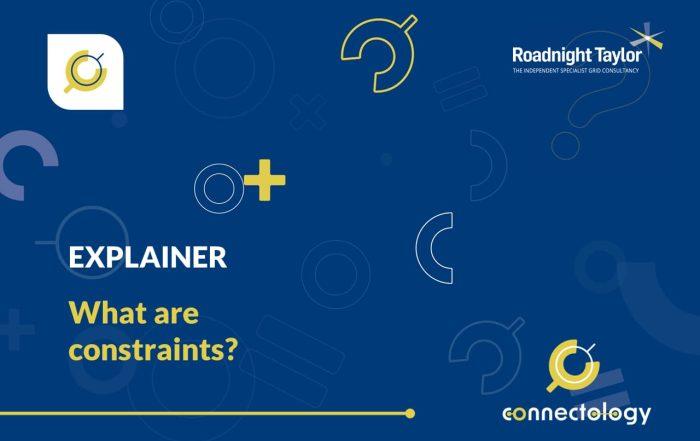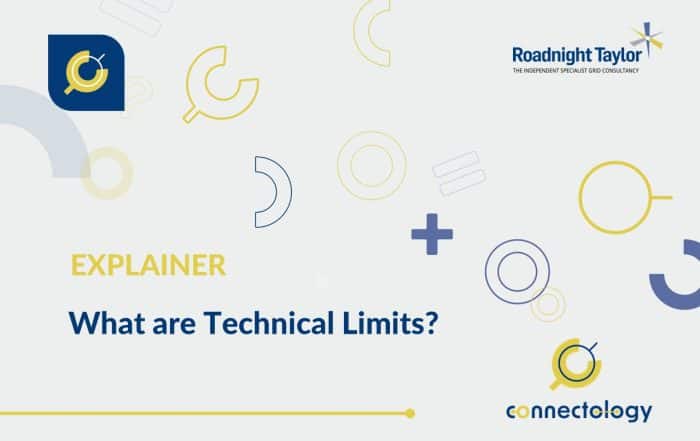How close does an energy scheme need to be to an electricity network?
The further a site is from the network, the more it will cost to make the connection. As such, it is best for a site to be as close as possible to the EHV network. If a site is too far away from the network, the connection charge becomes unviable.
Article by Pete Aston – acknowledged expert in ANM systems
Pete joined Roadnight Taylor from Western Power Distribution (WPD), the UK’s largest Distribution Network Operator (DNO) and world-leading pioneers of ANM. Heading up WPD’s system planning team, Pete was responsible for the design of, and all connections to, its extra-high voltage networks. He was also responsible, amongst other things, for overseeing the roll out of ANM across all four of WPD’s licence areas.
First written: 10 May, 2022. Reviewed 19 August, 2025

The extra high voltage (EHV) network is usually defined as circuits or substations with a voltage of 33,000V (33kV) or above. The main voltage levels on the distribution network at EHV are 33kV, 66kV and 132kV. This compares to the High Voltage (HV) network which is 11kV, and sometimes 6.6kV.
To make a connection to the EHV network, it is necessary to install a new circuit to the nearest point on the network that can accommodate the site export capacity (the intended MW of the scheme/project). The new circuit is typically an underground cable but could be an overhead line.
These new circuits can cost a lot of money. For example, a 33kV underground cable circuit will cost in the region of £500-700k per kilometre and a 132kV underground cable will cost about £1.25-£2m per kilometre. The actual cost depends on the type of ground the cable needs to be dug into (such as hard surfaces like roads, or softer ground like fields) and any obstacles on the route, such as roads, railways, rivers and canals. You can find out more in our ‘What can affect the deliverability of a cable route?’ explainer.
The further a site is from the network, the more it will cost to make the connection. As such, it is best for a site to be as close as possible to the EHV network. If a site is too far away from the network, the connection charge becomes unviable.
Depending on the generation, storage or demand technology they intend to deploy, developers will typically look at a £/MW connection charge, so maximising the capacity is as important as reducing the charge.
Contact us
Roadnight Taylor can assess the feasibility of projects. To find out more call us on 01993 830571 or send us a message via our contact form.












